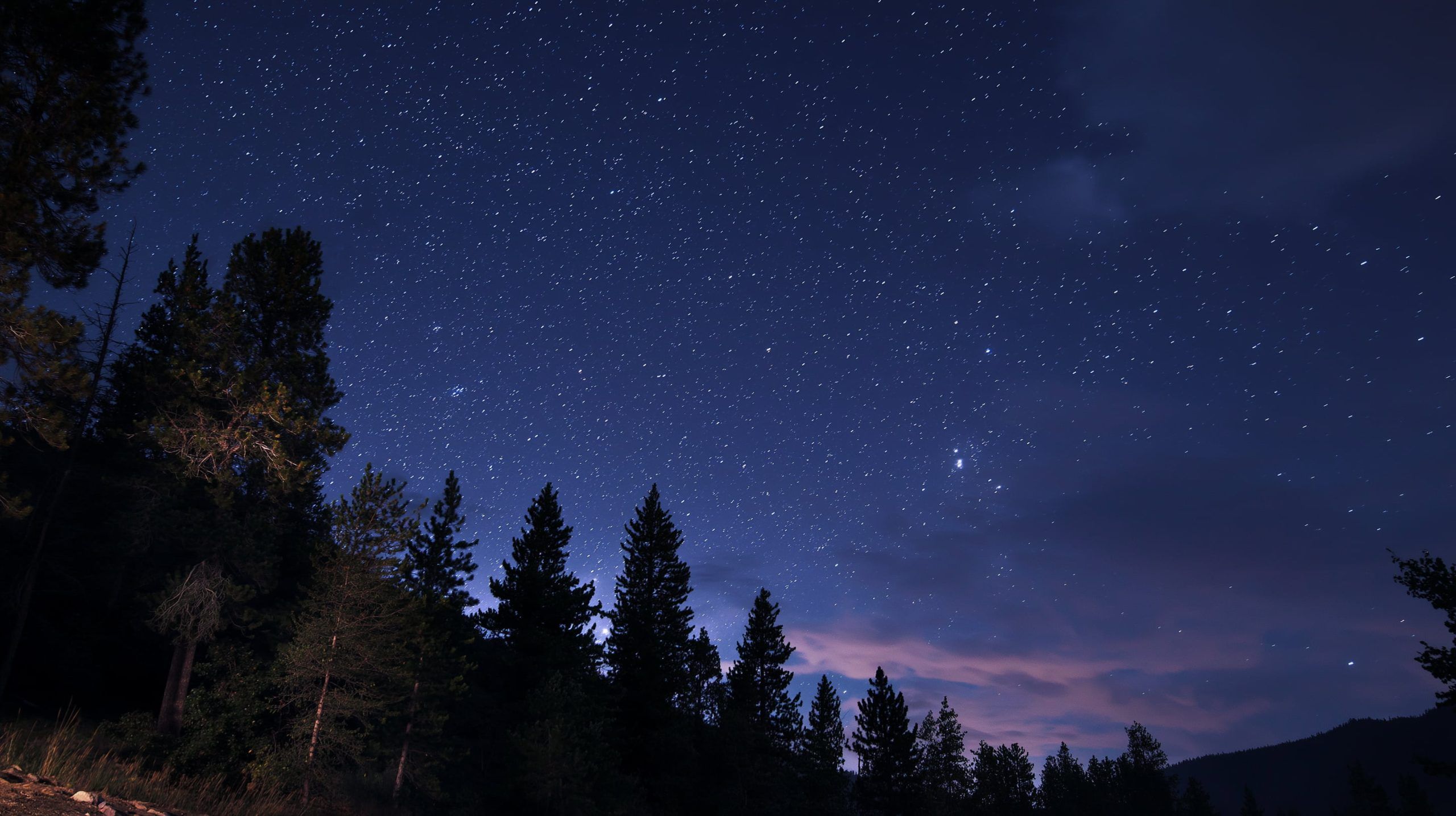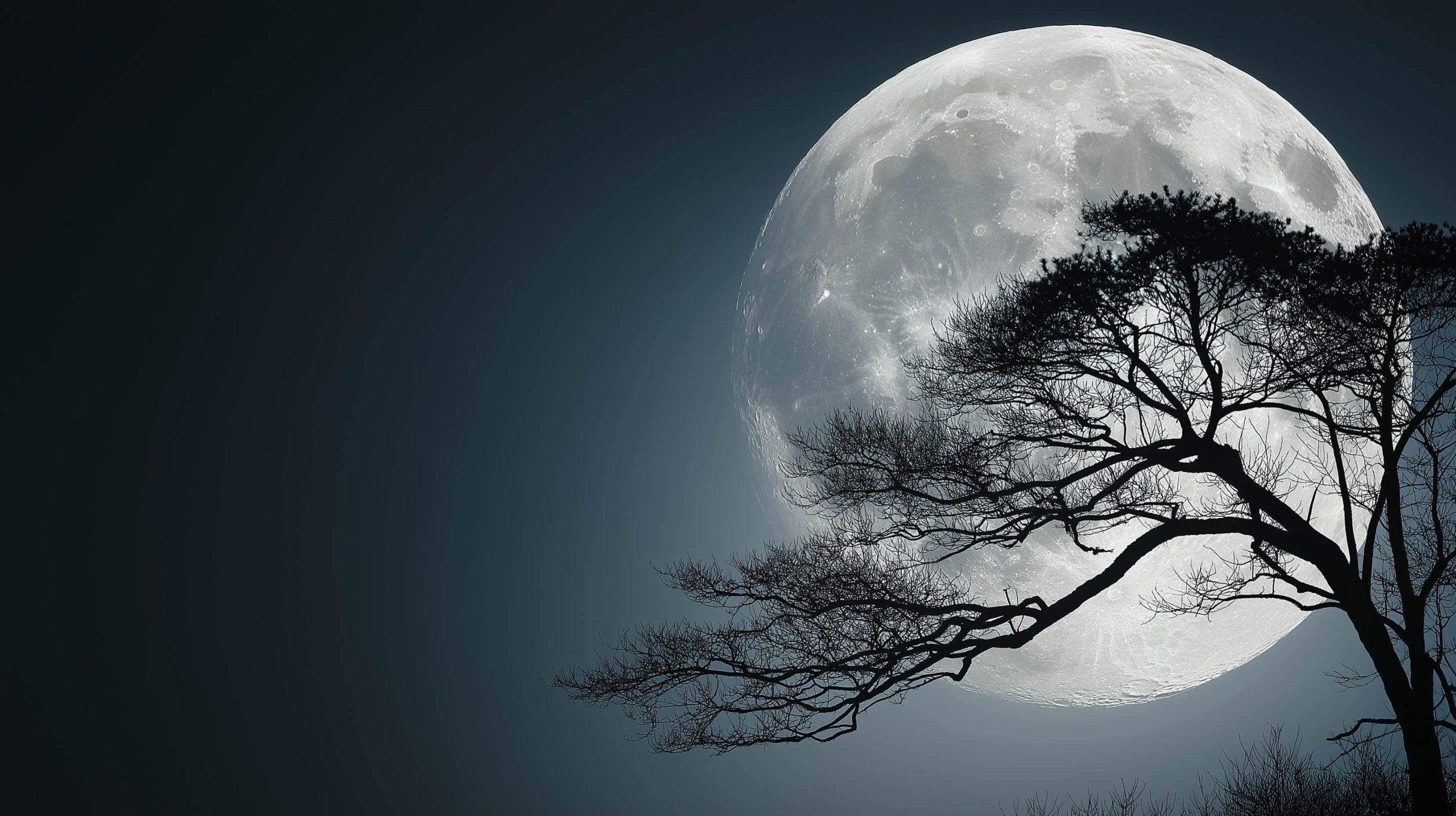
Night Sky Tonight, November 24, 2025: Waxing Crescent Moon, Saturn’s “Vanishing” Rings & a Rare Lunar Occultation
If you look up tonight, November 24, 2025, the night sky offers a young crescent Moon, a dramatic Saturn with almost invisible rings, a tight Venus–Mercury pairing at dawn, lingering meteor activity and even a rare lunar occultation of a









